Imagination has rules, but we can only guess what they are
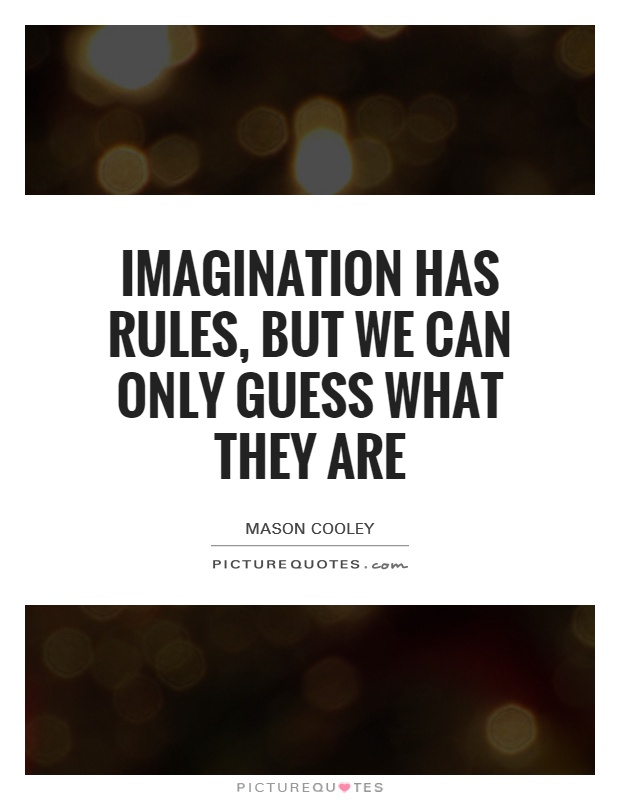
Imagination has rules, but we can only guess what they are
Mason Cooley, an American aphorist known for his concise and insightful observations on life, once said, "Imagination has rules, but we can only guess what they are." This statement encapsulates the mysterious and boundless nature of the human imagination, which is both a powerful tool for creativity and a complex phenomenon that defies easy explanation.Imagination is often seen as a limitless realm where anything is possible, where the boundaries of reality can be transcended and new worlds can be created. However, Cooley's assertion that imagination has rules suggests that there are underlying principles or constraints that govern the way we think and dream. These rules may be subconscious or intuitive, guiding our thoughts and ideas in ways that we may not fully understand.
One interpretation of Cooley's statement is that the rules of imagination are shaped by our individual experiences, beliefs, and cultural influences. Our imaginations are not completely free from external influences; rather, they are shaped by the world around us and the ideas that we have been exposed to. These rules may manifest themselves in the form of recurring themes, symbols, or patterns that emerge in our creative endeavors.
Another interpretation is that the rules of imagination are inherent to the human mind, reflecting the way our brains process information and make connections between disparate ideas. Cognitive psychologists have long studied the mechanisms of imagination, exploring how the brain constructs mental images, simulates scenarios, and generates creative ideas. These processes may be governed by underlying rules or principles that dictate how we form and manipulate mental representations.
Despite the elusive nature of these rules, Cooley suggests that we can only guess at what they are. This implies that the rules of imagination are not easily discernible or definable, but rather must be inferred through observation, introspection, and experimentation. By exploring the limits and possibilities of our imagination, we can begin to uncover the hidden rules that govern our creative thinking and shape our imaginative pursuits.
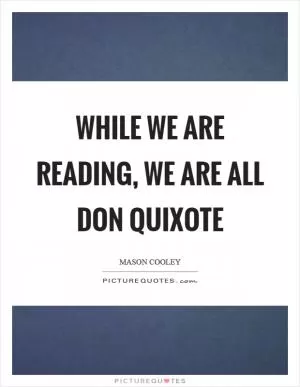
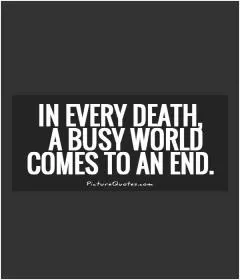
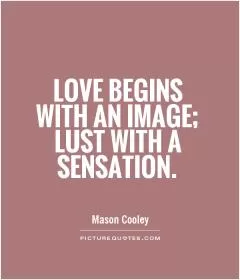
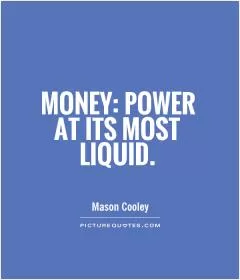

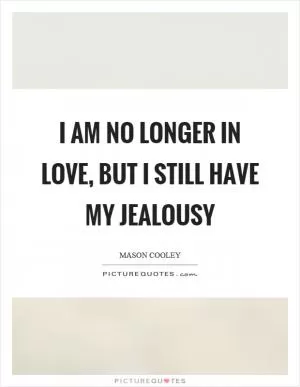
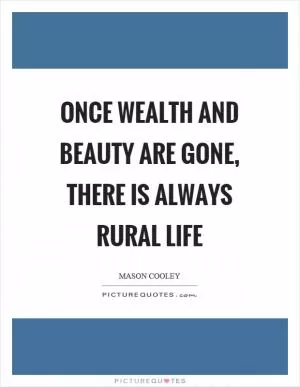
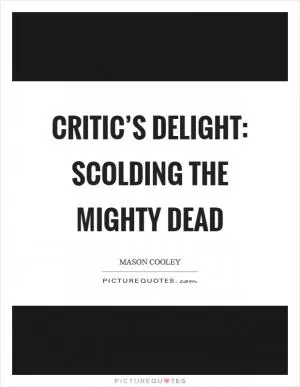
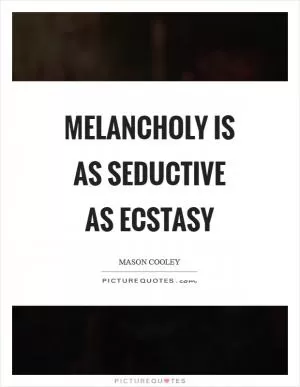
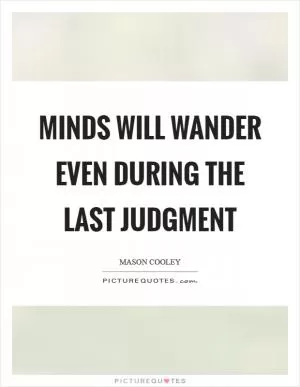
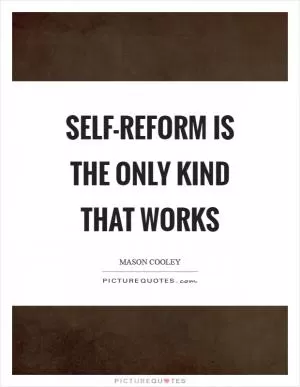
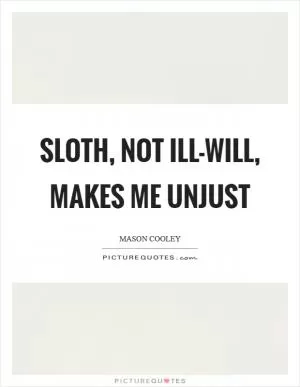
 Friendship Quotes
Friendship Quotes Love Quotes
Love Quotes Life Quotes
Life Quotes Funny Quotes
Funny Quotes Motivational Quotes
Motivational Quotes Inspirational Quotes
Inspirational Quotes